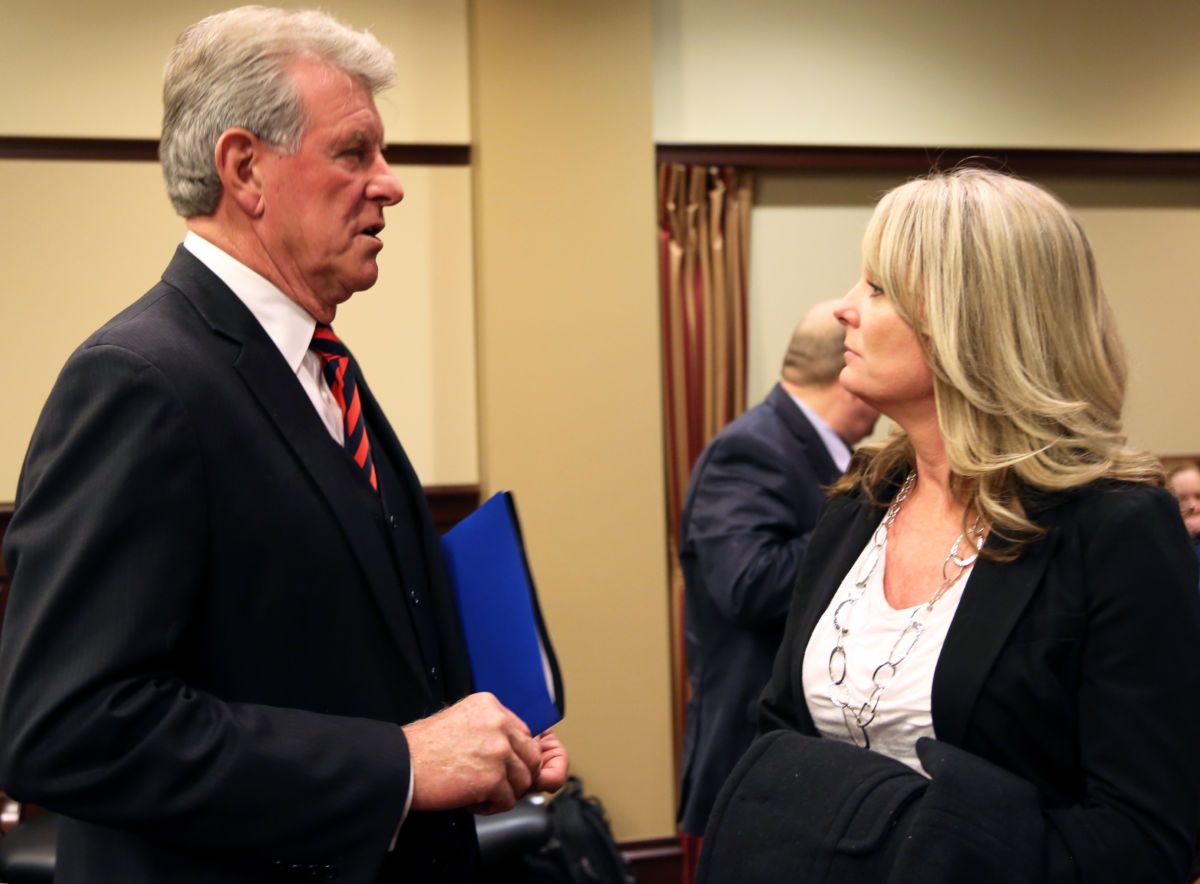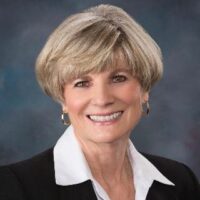Idaho’s 2016 college “go-on” numbers are up slightly, compared to a similar snapshot from 2015.
But even if the numbers are improving — and that’s still open to interpretation — they also show that Idaho has a long way to go to meet its ambitious college graduation goals.
According to new State Board of Education statistics, 48 percent of Idaho’s high school class of 2016 enrolled in college within 12 months of graduation. These are preliminary numbers — and at a similar point in time last summer, the State Board calculated the 2015 “go-on rate” at a discouraging 46 percent.
The go-on rate is one of the state’s most scrutinized education metrics. That’s because the state’s political, business and education leaders want 60 percent of the state’s 25- to 34-year-olds to hold a postsecondary degree or certificate. Idaho will not meet its “60 percent” goal by its original 2020 target date.
The go-on rate: going up or going down?
That depends on how you look at the numbers.
The State Board now pegs the 2015 go-on rate at 51 percent — not the original 46 percent, and 3 percentage points higher than the 2016 number.
But on Monday, State Board officials cautioned against comparing this updated 51 percent number to the 48 percent go-on rate for 2016.
Since last summer, the State Board has been tracking the whereabouts of 2015 high school graduates and refining the 2015 go-on number.
The State Board has used its in-house data to track enrollments at Idaho’s public colleges and universities. The State Board uses the National Student Clearinghouse, a Herndon, Va.-based nonprofit, to track down Idaho students who enroll in out-of-state, private or for-profit colleges. The State Board also uses Idaho high school counselors to track down college-bound students who might otherwise fall through the cracks.
The result: the State Board now believes 51 percent of Idaho’s 2015 grads entered college within 12 months of high school.
“It’s not uncommon to see a five-point swing,” said Carson Howell, the State Board’s research director.
Of course, it’s unclear how the 2016 number will change over time, and whether it will improve as well. That means the 2016 number might eventually hit or exceed the 51 percent figure for 2015. Or, it might not.
Given these uncertainties, state superintendent Sherri Ybarra withheld judgment Tuesday.
“Where these preliminary numbers are encouraging, the final numbers will be more telling,” Ybarra said in a statement.
A long way to the end goal
But all of the State Board’s recent numbers — 46 percent, 48 percent, 51 percent — remain well below the state’s elusive 60 percent threshold.
And the “60 percent goal” is not a college attendance goal. It’s a postsecondary completion goal. The state’s leaders want more young adults to hold a degree or certificate, so they can meet the needs of the state’s employers.
But the state’s leaders have also had to come to grips with reality. Seven years after the State Board adopted the 60 percent goal and set a 2020 target date — and long after the goal became a piece of Idaho’s political lexicon — Idaho’s college graduation numbers have stagnated.
Gov. Butch Otter’s higher education task force will meet on Sept. 15 — and at that time, the group is expected to make recommendations aligned to the 60 percent goal. The group has already abandoned the State Board’s 2020 target date.
‘An economic imperative for Idaho’

Over the past several years, Idaho has launched a bevy of programs designed to boost college enrollment — from a boost in college and career counseling to a $12 million-a-year advanced opportunities program, which allows high school students to take college-level classes at state expense.
The new go-on numbers are “encouraging,” House Education Committee Chair Julie VanOrden said, and Idaho needs to stay the course.
“Letting our advanced opportunities program mature, working with our (career-technical education) program to align with direct work force needs and offering more state scholarships directly to students are ways to keep the numbers moving in the right direction,” said VanOrden, R-Pingree.
In a statement Tuesday, Otter put some of the onus on his higher education task force, saying he was looking forward to the group’s ideas.

“Getting more students to continue their education after high school is an economic imperative for Idaho,” Otter said.
Sen. Janie Ward-Engelking, D-Boise, is a member of the Otter task force. She says the state can make make some inexpensive fixes to boost go-on rates — such as an expanded counseling that reaches out to students before their high school years. But bigger solutions will carry a bigger price tag.
“We’ve got work, for sure, to do,” she said.
